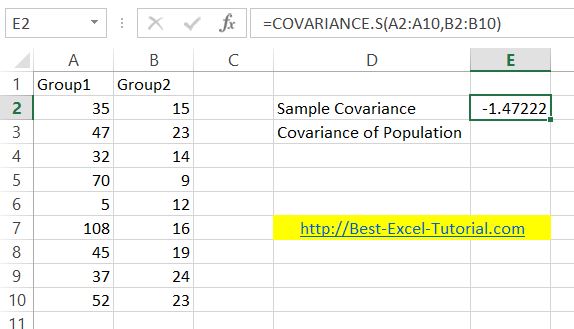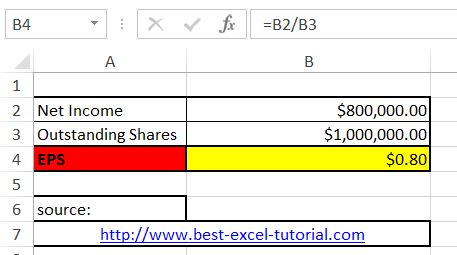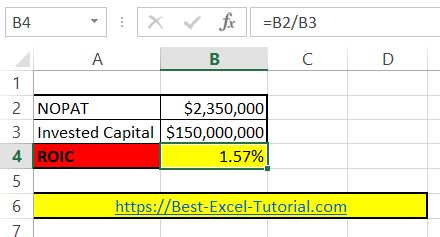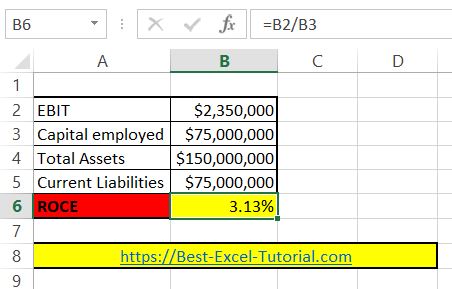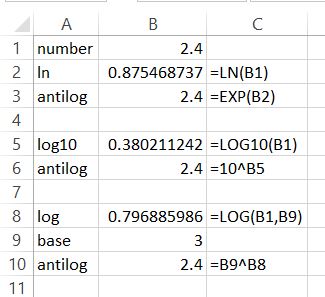How to calculate integral average in Excel
In Excel, you can calculate the integral average, also known as a definite integral, by using the Sumproduct function.
Excel can approximate the definite integral of a dataset using the SUMPRODUCT function, implementing the trapezoidal rule. The trapezoidal rule approximates the area under a curve by dividing it into a series of trapezoids, where each trapezoid’s area is determined by the average height of its two vertical sides multiplied by its width.

